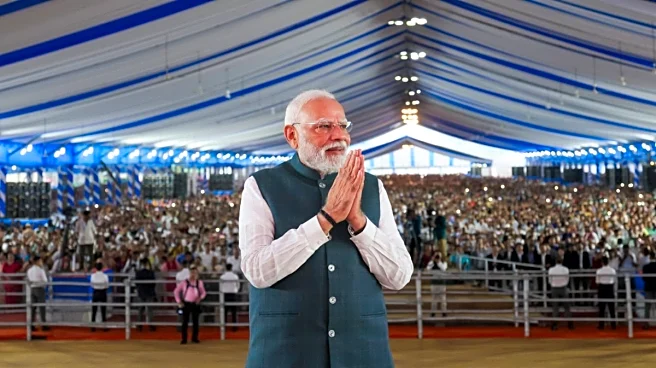India is preparing for the most sweeping changes to its goods and services tax (GST) since the system was introduced eight years ago in 2017, with far-reaching implications for both government finances and consumer spending. From September 22, a restructured GST framework, known as GST 2.0, will come into effect. It aims to simplify the tax regime and stimulate demand, while also challenging revenue
collection and the fiscal deficit.
At the centre of the reform is the streamlining of GST’s four-tier structure of 5%, 12%, 18% and 28% into just two principal slabs of 5% and 18%, alongside a 40% rate reserved for luxury and so-called “sin” goods.
This is designed to reduce compliance costs, avoid disputes over product categorisation and give businesses and consumers greater clarity.
Of the 453 items reviewed, rates have been cut on 413 goods. Nearly 295 products, previously taxed at 12%, have now shifted to either the 5% or nil bracket. Only 40 items will see rates increase.
It is expected that lower taxes on essential and processed goods will leave households with more disposable income, boosting consumption and spurring economic growth.
GST 2.0 impact: Revenue collection
The reforms, however, may come with a price tag. As per reports, the government estimates a revenue loss of about ₹48,000 crore following the GST rate cuts. This shortfall is expected to put some pressure on the fiscal deficit. But a strong RBI dividend, a possible hike in excise duties for oil marketing companies (OMCs) and proceeds from the government’s divestment pipeline are likely to help offset much of the loss, according to The Economic Times.
GST 2.0 impact: Fiscal deficit
Experts believe the overall impact on the fiscal deficit will remain limited. The Department of Revenue expects that stronger consumer spending and fewer input tax credit adjustments will help maintain steady revenue flows. The Centre and states will share the fiscal burden, with states expected to bear the larger share of the loss.
Overall, GST 2.0 marks a major overhaul in India’s taxation system, aiming to benefit states, businesses, and consumers alike. By lowering rates on essentials, streamlining slabs, fixing duty inconsistencies and simplifying compliance, the reforms make the tax regime more straightforward.
GST: Read latest news and updates
/images/ppid_59c68470-image-175803756136635533.webp)


/images/ppid_59c68470-image-175801752570912637.webp)

/images/ppid_59c68470-image-175820004746476529.webp)
/images/ppid_59c68470-image-175817753333661480.webp)


/images/ppid_59c68470-image-175819756827836887.webp)

/images/ppid_59c68470-image-175811752845872414.webp)


